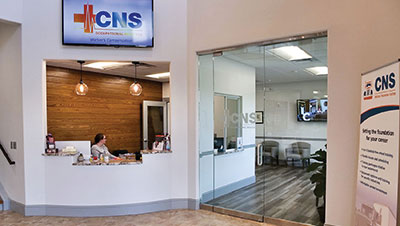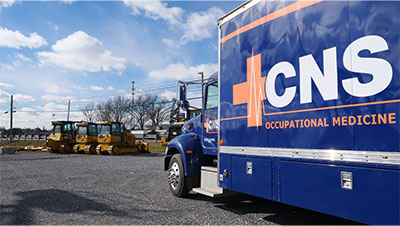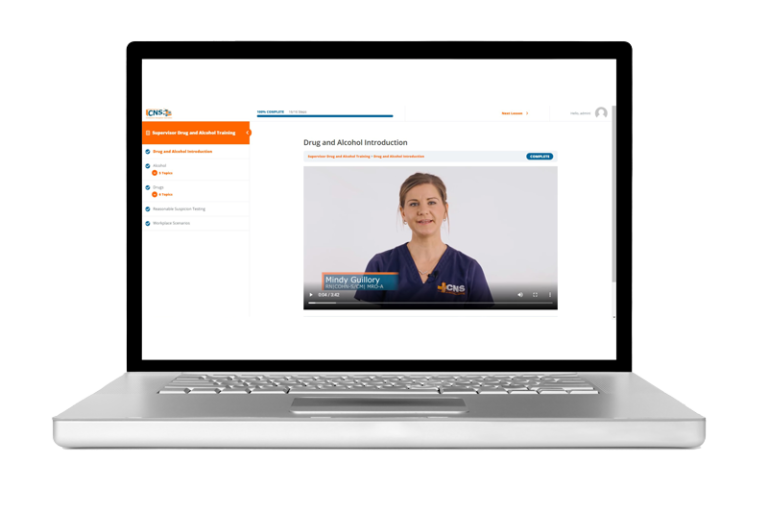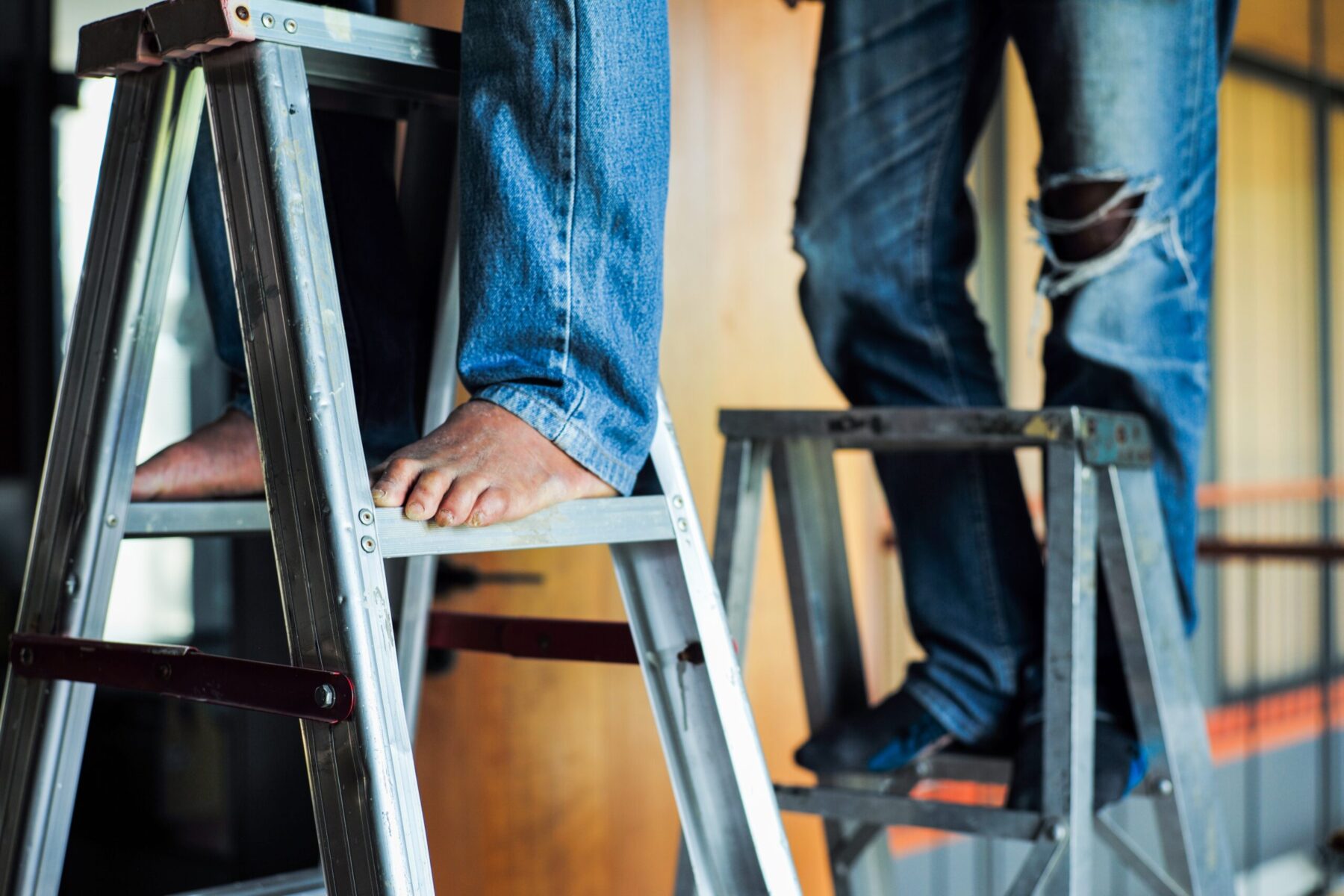Falls from ladders can be prevented and lives can be saved by following safe work practices
The construction industry has a lot of regulations on workplace safety, from heavy metal or lead poisoning, silica dust exposure, heat injuries, hexavalent chromium exposure, high noise levels, and more.
But did you know that falls from portable ladders are one of the leading causes of occupational injuries?
In fact, they are the leading cause of death in construction and every year falls from ladders make up nearly a third of those deaths.
These deaths are preventable by following good safety practices that can be found in OSHA regulation 1926.1053.
Let’s step up your ladder safety knowledge with these safety tips.
Common Ladder Hazards
Most ladder injuries are due to a lack of appropriate worksite training and improper use of fall protection equipment.
Many of the guidelines OSHA recommends are common sense, so managers must keep hazard awareness at the forefront of daily meetings.
Below are common ladder hazards that increase fall risk at worksites:
- Damaged stepladder
- Ladders on slippery or unstable surface
- Unlocked ladder spreaders
- Standing on the top step or top cap
- Loading ladder beyond rated load
- Ladders in high-traffic location
- Reaching outside ladder side rails
- Ladders near electrical wiring/equipment
DO FOLLOW these Ladder Safety Tips:
Ideally, ladders should be inspected immediately after purchase, before and after each use, and before storing to ensure that damaged ladders are removed from the worksite.
Workplace managers should create an inspection plan to make sure ladders are actually checked and record when these inspections are done.
But what can your employees do every day?
- Wear proper footwear.
- Read and follow all the manufacturer’s instructions and labels on the ladder.
- Use the right ladder for the job. For example, ensure the ladder is high enough for you to reach your work area without having to stand on the top rung.
- Look for overhead power lines before handling or climbing a ladder.
- Maintain a 3-point contact (two hands and a foot, or two feet and a hand) when climbing/ descending a ladder.
- Ensure that the ladder is fully extended before starting work.
- When using ladders to access another level, secure and extend the ladder at least 3 feet above the landing point to provide a safe handhold.
- Stay near the middle of the ladder and face the ladder while climbing up/down.
- Use a barricade to keep traffic away from the ladder.
- Keep ladders free of any slippery materials.
- Place the ladder on stable and level ground.
- Prevent passersby from walking under or near ladders in use by using barriers (such as cones) or getting your coworker to act as a lookout.
- Make sure that the door is locked if using nearing a doorway.
DON’T MAKE these Ladder Mistakes:
Professionals often forget the proper ways of doing things, especially when we think we are good at it or are in the habit of doing simple tasks repetitively. Using a ladder can seem second nature to most, however improper techniques or the slightest distraction can result in falls, serious injury or death.
Here is a list of common mistakes you SHOULD NOT DO:
- Use ladders for a purpose other than that for which they were designed. For example, do not use a folded stepladder as a single ladder.
- Use a stepladder with spreaders unlocked.
- Use ladders near doorways
- Use the ladder outside in bad weather.
- Use the top step or cap as a step.
- Carry any tools or materials in your hands when climbing a ladder.
- Lean away from the ladder to carry out your task.
- Place a ladder on boxes, barrels or other unstable bases.
- Move or shift a ladder with a person or equipment on the ladder.
- Use cross bracing on the rear of stepladders for climbing.
- Paint a ladder with opaque coatings.
- Use a damaged ladder.
- Leave tools/materials/equipment on stepladder.
- Use a stepladder horizontally like a platform.
- Use a metal stepladder near power lines or electrical equipment
Want to avoid busy doctor’s offices or medical facilities?
Start your customized health plan to meet your business needs and keep your employees healthy and safe. Our Occupational Healthcare Team will develop a custom plan for your company.
You may need a combination of services related to:
We understand the impact that lost time, limited duty, and medical costs have on the company and the employee. So, work with an occupational medicine provider that can be staffed on-site or have a mobile health clinic come to reduce employee downtime away from the office.
We also have a strong understanding of the OSHA recordkeeping rule and how certain medical diagnosis and treatments impact your OSHA 300 log.
Contact our medical team to Develop your Custom Work Injury Plan at 800.551.9816 or info@cnsoccmed.com.










